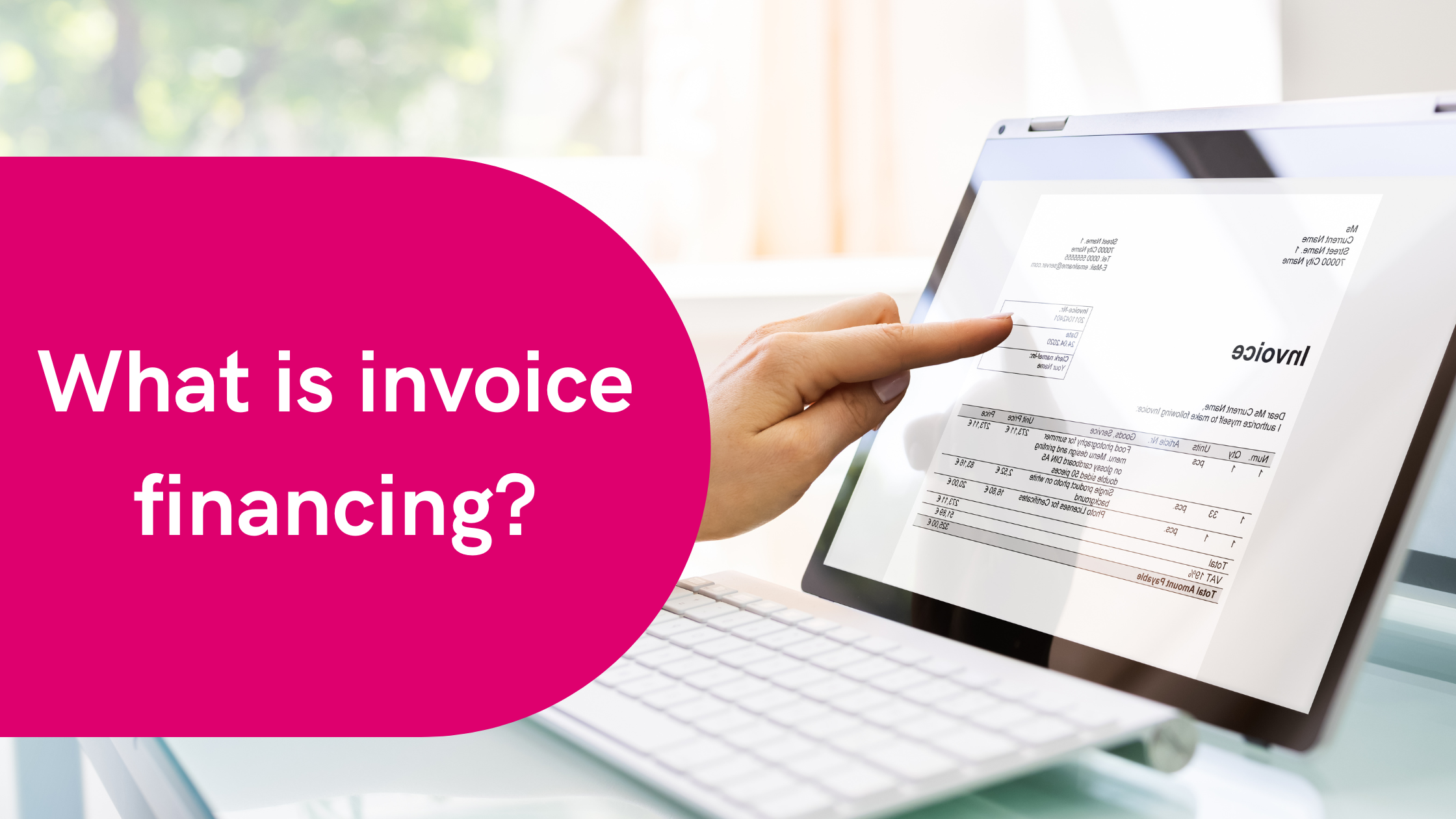In the realm of business finance, one solution that has been gaining traction, especially among small and medium-sized enterprises (SMEs), is invoice financing. This financial tool can be a lifeline for businesses waiting on payments for services rendered or products delivered. Here’s a deep dive into what it is, how it works, and why it could be a critical strategy for your business.
Invoice financing is a way for businesses to borrow money against the amounts due from customers. This innovative financing method allows businesses to improve cash flow, pay employees and suppliers, and reinvest in operations and growth earlier than they could if they had to wait until their customers paid their invoices.
How Does it Work?
Essentially, a business uses its outstanding invoices as collateral to receive a percentage of the invoice value upfront from a lender. The process typically involves the following steps:
- Invoice Issuance: Your business issues an invoice to a customer for goods or services.
- Financing Company Involvement: You sell this invoice to a financing company (either a portion or the full amount).
- Immediate Cash Flow: The financing company advances you most of the invoice amount (usually 70-90%).
- Customer Payment: Your customer pays the invoice directly to the financing company.
- Receiving the Balance: Once the customer pays, you receive the remaining balance, minus fees and interest.
Types of Invoice Financing
There are two main types:
- Invoice Factoring: The finance company manages your sales ledger and collects money owed by your customers themselves.
- Invoice Discounting: You maintain control over your sales ledger and chase customer payments yourself.
Why Consider this type of funding?
Immediate Cash Flow Benefits
The primary advantage of invoice financing is the immediate boost to cash flow. Businesses often have to wait 30, 60, or even 90 days for payment after delivering a product or service. This accelerates this process, providing funds when they’re needed most.
Growth and Stability
This financing method can be particularly beneficial for businesses experiencing rapid growth or those needing to stabilise cash flow. By unlocking capital tied up in invoices, businesses can invest in new projects, hire staff, or simply cover day-to-day expenses.
Easier Than Traditional Loans
This type of funding does not require the collateral typically needed for traditional loans. Since the invoices themselves act as collateral, businesses with solid sales but little credit history may find it easier to secure funding through this route.
Considerations and Conclusion
While invoice financing offers numerous benefits, it’s crucial to consider the costs, as fees and interest can vary. Additionally, depending on the type of invoice financing, your relationship with customers might be affected.
For businesses struggling with cash flow due to slow-paying customers, invoice financing can be a viable solution. It offers the flexibility to manage finances more effectively, ensuring that your business can continue to operate smoothly and grow.
By understanding the intricacies of invoice financing, businesses can make informed decisions about managing their cash flow and maintaining financial health. As with any financial decision, it’s advisable to consult with a financial advisor or accountant to understand fully how funding can fit into your broader financial strategy.



